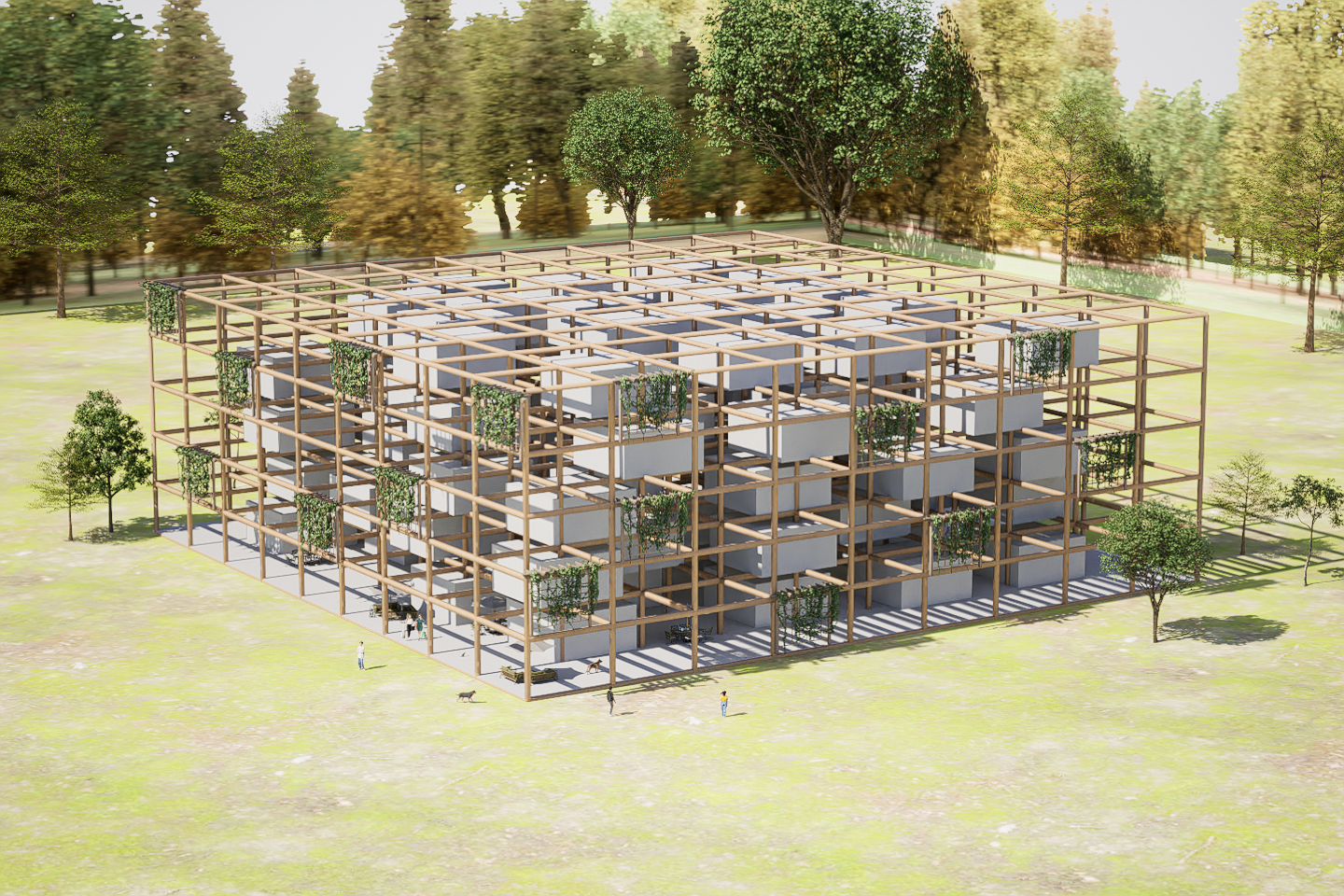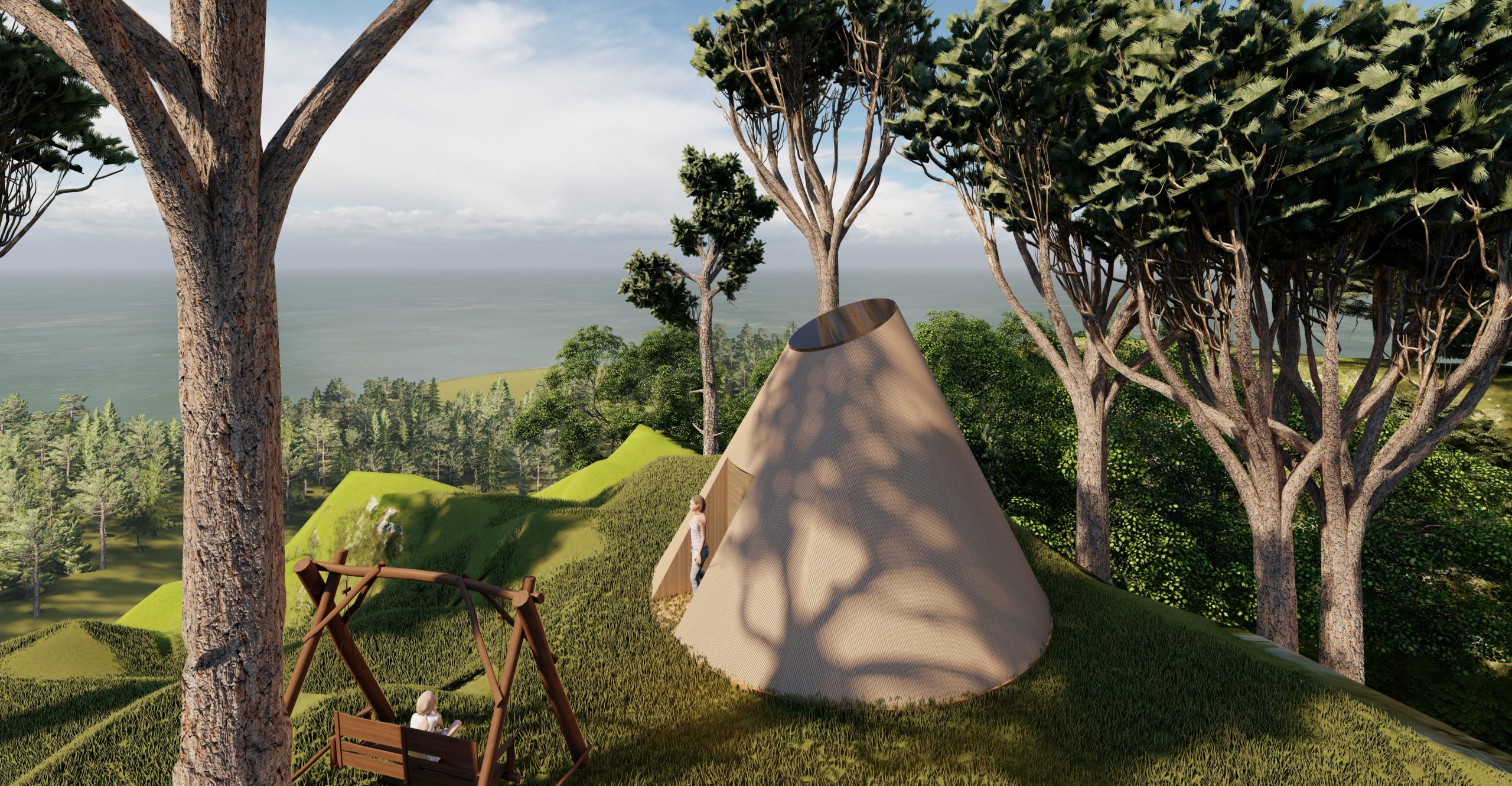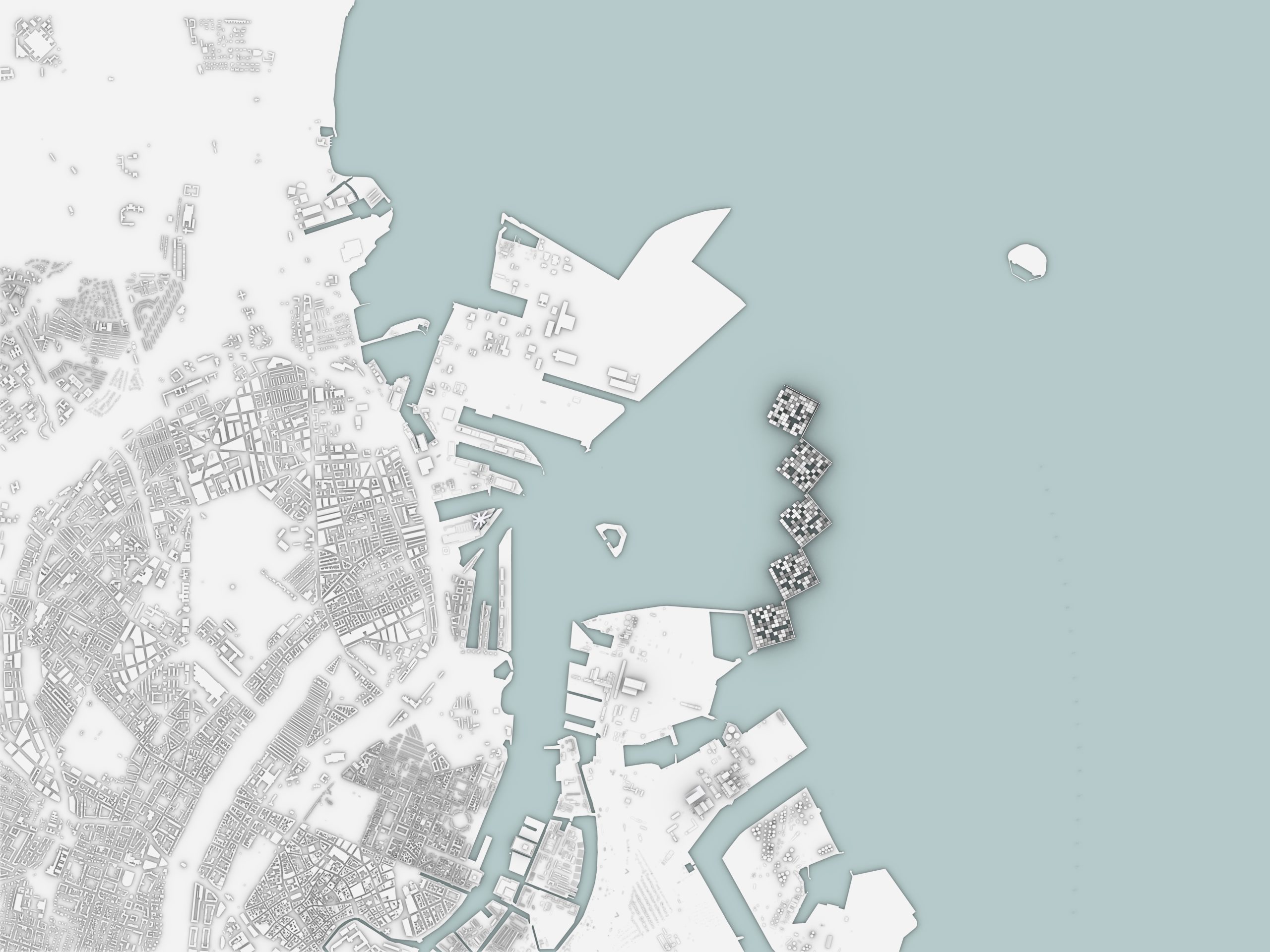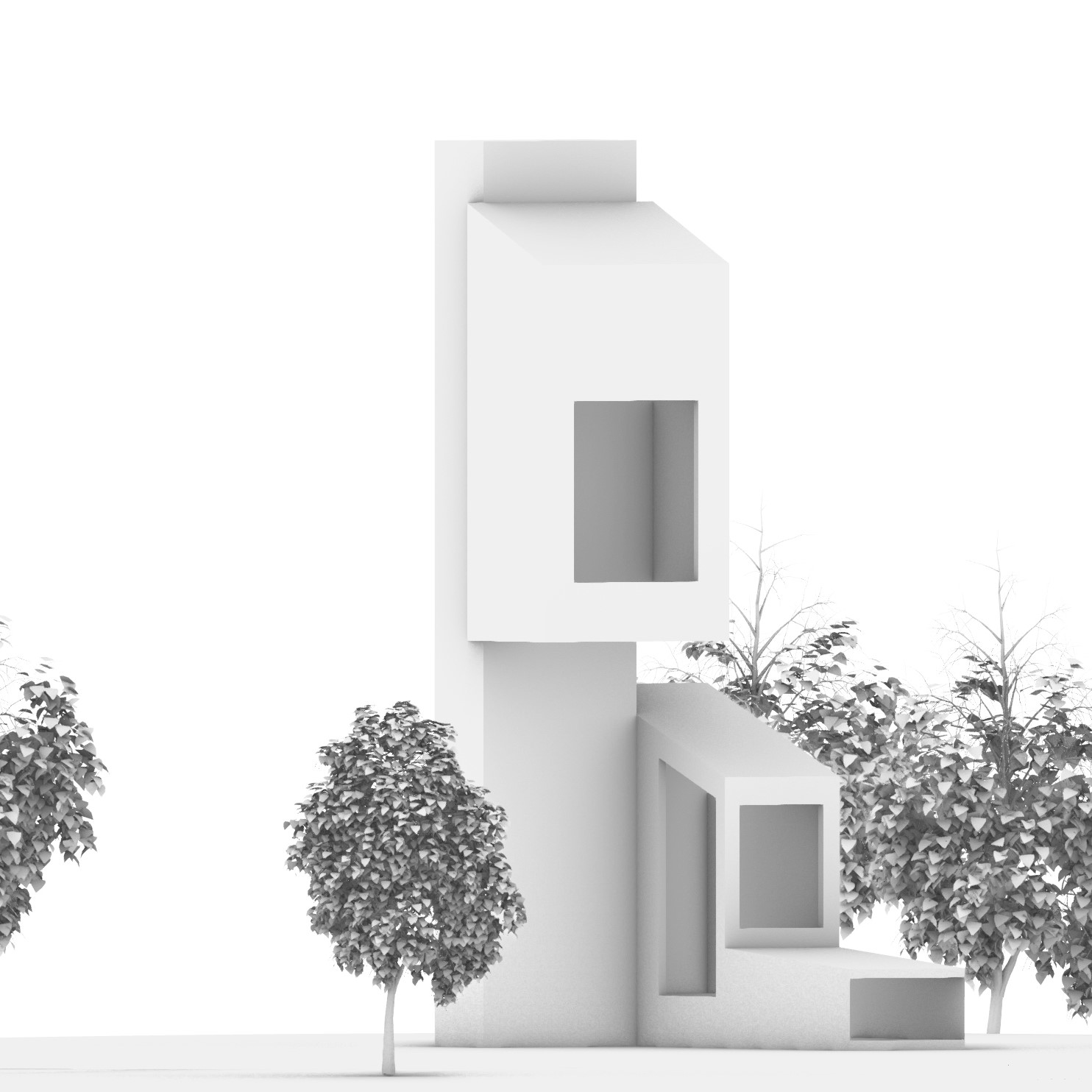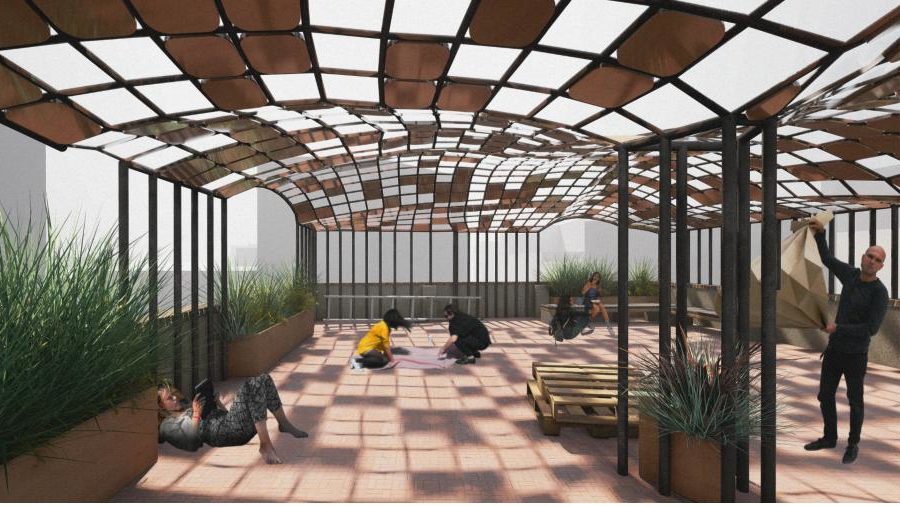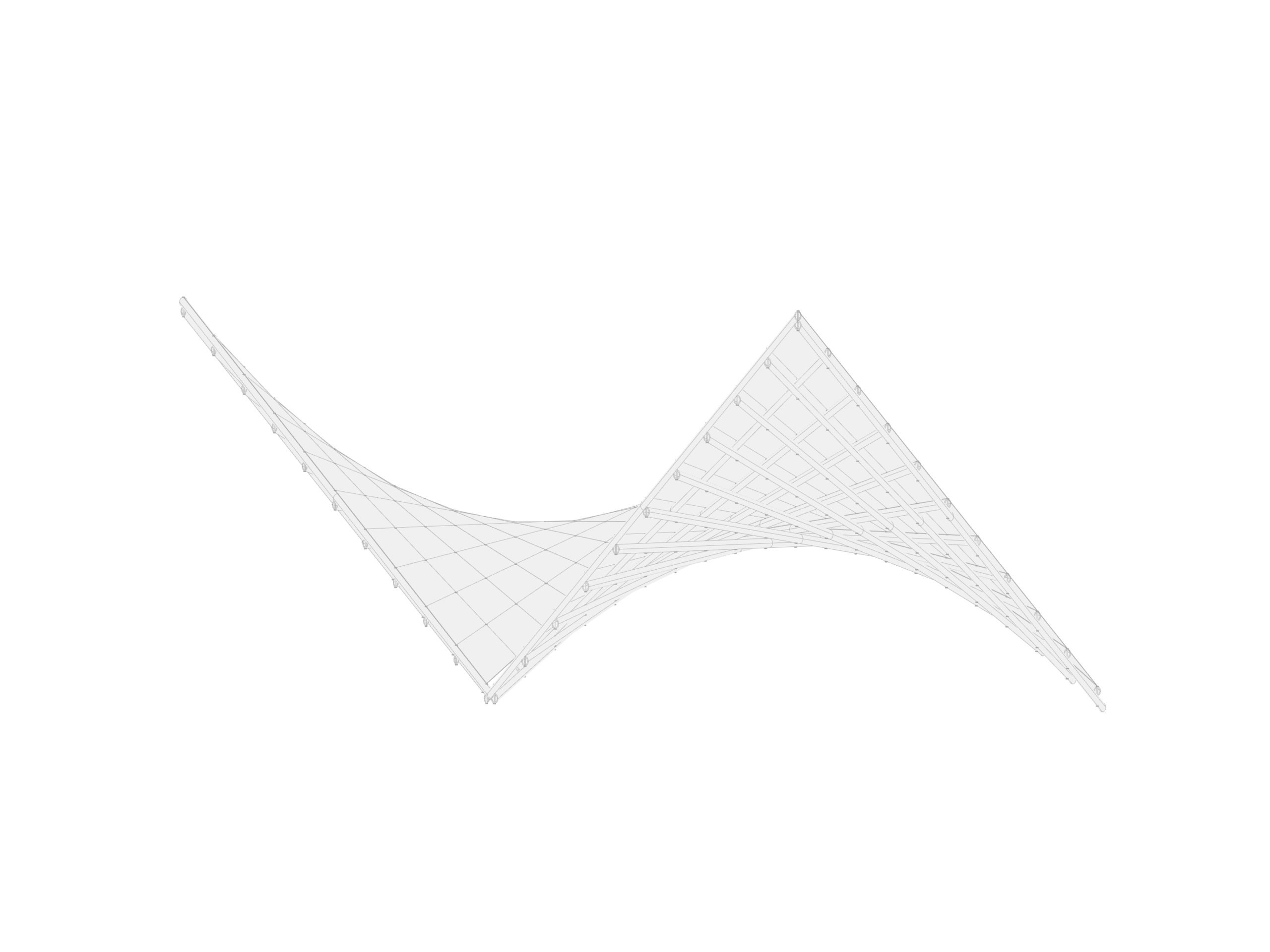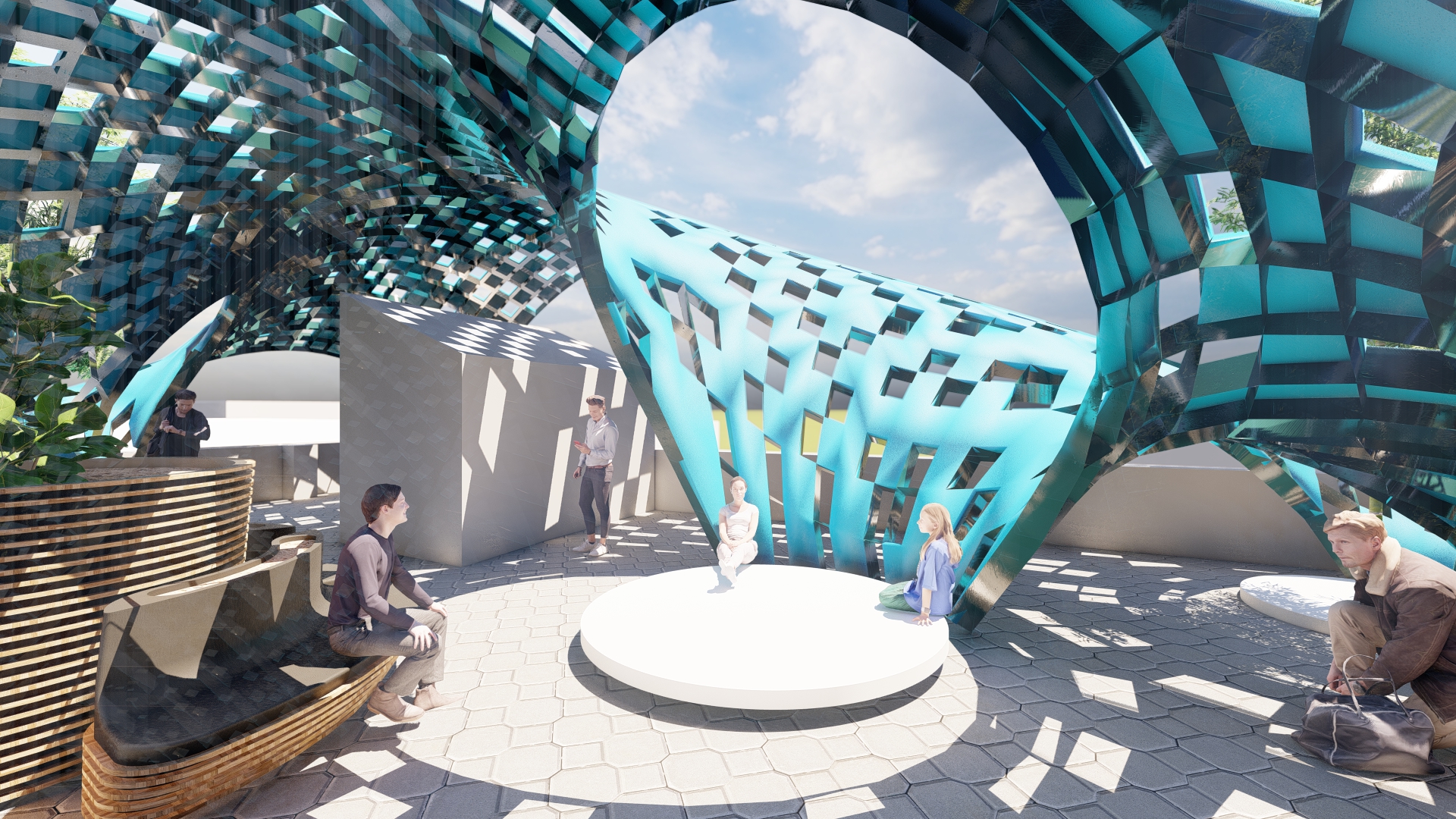Genetic Optimization Towards Arches
MANIFEST: In this project, we are looking for a design procedure that employs Genetic Optimization through Galapagos as the driving force to achieve optimal dimensions in height, arc length and number of main blocks for Catenary Arches with three basic modules. Embracing Galapagos as our guiding light, we embark on an evolutionary journey, refining parameters, … Read more




